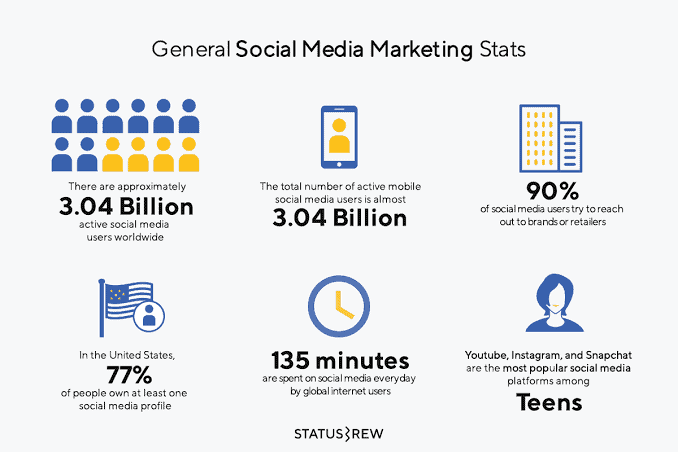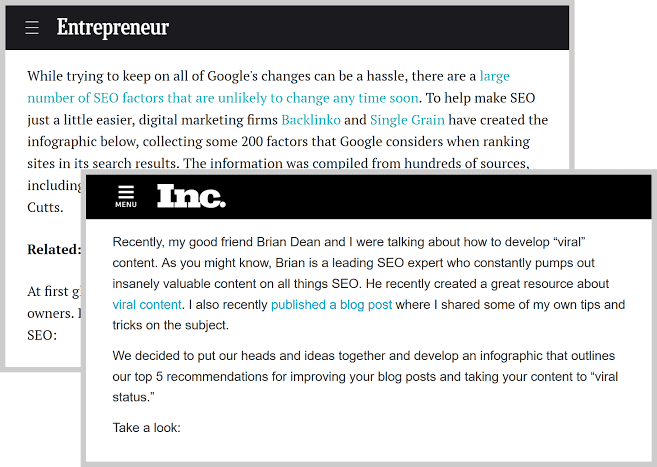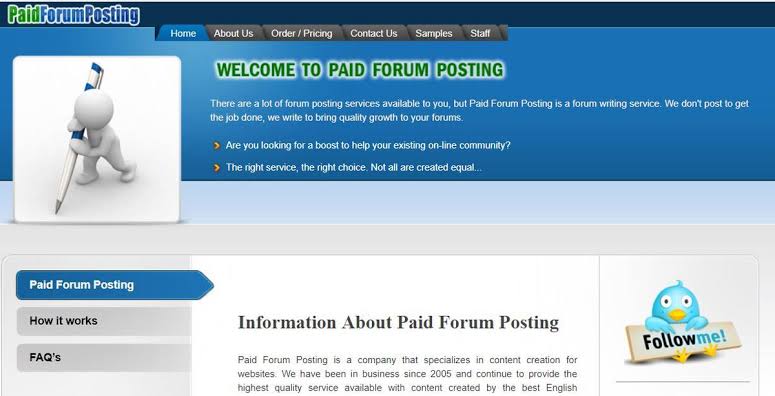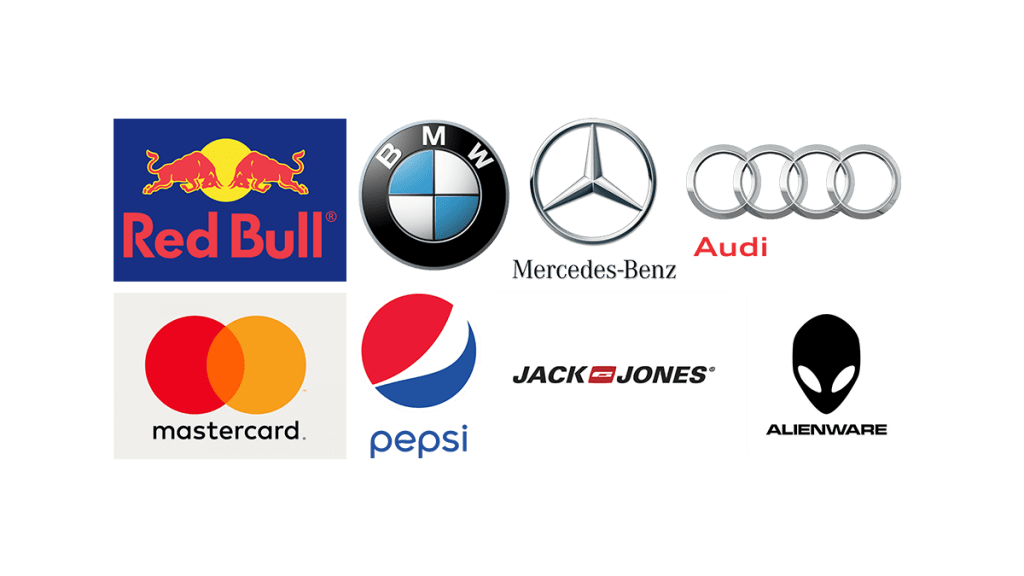If you want to raise brand awareness and drive massive organic traffic to your website, then you need some really effective off-page SEO practices. Big time. There’s a very less clear-cut and effective content across the Internet on what exactly digital marketers need to focus most of their resources, knowledge, and time to drive organic traffic to the website from an off-site SEO point of view. That’s where the idea of complete off-page SEO techniques checklist came from. I hope it’ll lend you a helping hand in your digital marketing endeavors and will bring fruitful for your business.
Most user searches are made just because of two reasons: to find information ie (informational query), or to find information and buy (commercial query). You need both the types of users – the ones who seek information, and the ones who want to buy – because in either case, it is a win-win situation: you’ll either convert them into your customers, or you’ll win yourself some long-term subscribers.
It’s time you should know the off-page SEO tactics by their name, hence we crafted and put together a complete checklist of everything that you should aim at in your SEO endeavors:
Before we could slightly talk about off-page SEO, we should revise our knowledge on what SEO is exactly in the first place. Although this might sound very redundant (after all, this is how you landed on our blog, already knowing what SEO is and its very functioning), we will draw a quick picture of what SEO means today. Search engine optimization (SEO) stands for the cumulus of search marketing efforts which are meant to make websites and online presence stand out both in the search engines’ and users’ eyes. SEO should make your brand shine in the sea of other brands, all fighting to get among the first position in SERPs. Furthermore, it seeks to satiate users’ thirst for fresh, high-quality, relevant, and useful information.
Advanced Off-Page SEO Techniques for 2020 and Beyond 1. Link Building Is Vital

You should build and chase quality links. That’s the first and most important thing to remember about the links. According to the SEO terms glossary, “NoFollow is an attribute webmaster can make use of when linking to a website that tells the search engines to essentially ignore the link. Social networks are notorious for using the NoFollow links when linking to external websites. Links without the NoFollow attribute are also referred to as DoFollow”. If you’re wondering actually what impact does NoFollow links have on your website, here are some actionable data and tips, all backed up by case studies and Google’s position in that matter.
Link building is the most popular marketing technique which is deployed by professionals all over the world. It’s the foremost most desired outcome of all – ok, to some extent. It is very important that, even though Google suggests that content is the #1 ranking factor, it’s often preferred by the masses over the principle of crafting and providing quality fresh content. Yet content is still contributing a lot to all your linking strategy.
Links are translated as the votes or applause to your website and overall appreciation of your brand. The same link building effort can be contributed to the rise of what’s known today as black hat SEO. Sometimes, people are so desperate to gather the links that they start playing with fire and perform the following: forum signatures, enroll your website in content directories, link the exchange schemes, link networks, blog directories, comment link (a.k.a. comment signature), article directories, and so on.
There are things that make a good referring domain, hence a link, valuable (or not), and this are popularity, topic match between the two domains tied by a link (is the link relevant?), anchor text, link freshness, website trustworthiness, domain authority (DA) and/or page authority (PA), and no. of links used by the “sender” page. Hence, pay attention to whom you’re linking to and how you’re doing it.
Three main types of links populate the web:
natural links: a user/customer/reader knows the content on your page and has a positive view over your services, and links to your business as a sign of trust, appreciation, and endorsement; manually build links: gained through direct link building efforts; wilfully asking customers to link to your product, or influencers to share your content; self-created links: when posting your website link in comments a.k.a. comment signature, or in web directories, forums, press releases, etc (most of them enter in the black hat category)
The wisest move would be to practice natural link building. The best way to do this is to make your content worthy of links, and links will come naturally. Guest blogging is also a good idea but be careful not to overlink your website and make your contribution more spammy than useful. Also, you can build your links at a normal, traditional pace, if you will, which is gradually, or else Google will think you’re doing some black-hat magic.
2. Harness The Social Media Power

Social signals do matter a lot to Google when ranking a page. You should try to win your audience in order to make Google (or any other search engine) like you and rank you high. Especially when mentions of your brand can count as links, as we previously mentioned.
Facebook, Twitter, Google+, and Instagram are the buzzwords of the day. They’ve never been so successful and strong in their entire existence. They surely know how to engage people, provide them with the means to be inspired and cheered up, serve them the friends they need (although, most of the time, available only in the virtual world), serve them the share and like they so much crave for. However, the brands and online marketers seized the moment and saw in these social platforms the best playground for brand advocacy and promo.
Shares and likes are the new social media magic tricks. They can make your business grow and spread like wildfire. Whenever sharing the relevant, fresh, and engaging content with your community of users, you win-win new subscribers, fans, or leads.
3. Add an RSS Feed Subscription Box

It’s better to have fewer subscribers that are visiting your site on a regular basis, than a multitude of one-time visitors. This is why all the more or less reputable blogs and brands provide an RSS subscription box on their walls. RSS is short for Rich Site Summary. And I think that says it all. RSS boxes/stream RSS/channel RSS, are better known as subscription boxes, make page information available in XML format. People are drawn to the trigger-word “subscribe” and can leave their email address to receive information without having to proactively search for it on the web.
By using this type of contact form, you not only enrich your contact and subscriber agenda but also have an intrigued recipient whom you can send and communicate all your company updates, news, blog posts, etc. You can opt for this Google Feedburner.
Many times, users are so happy to benefit from continuous rich info, data, and news without having to manually look them up, and rather got satisfied when receiving them by email in the comfort of their homes or work offices. And since you might be also looking for some high-quality marketing newsletters to subscribe to, we crafted that one already, so you won’t have to worry about it.
4. Don’t Shy from Blog Commenting

There are also some minds who argue that it’s a bit delicate to recommend as it can easily turn into a black hat practice. Blog commenting is an excellent off-page SEO activity that can drive organic traffic to your website and SERP ranking.
There are loads of articles on the web on how to correctly do blog commenting and everything you need to know is one click away. But the general tone is that you should definitely do it “white-hat”, and leave any miscellaneous tactics aside.
Give your insight on topics, and attract attention to you, but don’t exercise the comment signature. Just mention your brand inside the body of relevant and useful tips, and make its appearance relevant there.
5. Guest Posting is Still Hot

Similar to the blog commenting, you should define all your reasons for contributing in such away from the very beginning. Most guest blogs come to advertise their business or product and can sometimes turn into some spammy and annoying reading. Be fair, and make giving actionable, fresh, and relevant info your first concern. Not the links to your website.
By writing guest posts from time to time, not only help you build quality backlinks (duh!) and trigger more organic traffic to your website, but also something else. Yes, you display professional conduct by writing not only on your personal blog but contributing to others too. There are brands who like to flirt with knowledge coming from other professionals in the field, although that happens quite seldom. And that’s one of those times when you have to choose your men wisely.
6. Forums Posting Is a Thing

Forums are a great place to promote your website and that’s obviously part of off-page SEO techniques. Quora, Reddit, Yahoo Answers, eHow are the most important hubs from where one can gain a lot of actionable info and authentic answers to their questions. Forums are a great playground to get to meet your peers and have a chat with them on topics of interest to you.
Similar to blog commenting or guest blogging, it’s good to mention your brand, but avoid to do it bluntly. First, provide all the actionable info on the specific topic and then, if relevant, fit your brand between the lines. These Q&A platforms are true gold mines but they have to be won first, by using the right words, tone, and style when posting a contribution. Make it relevant and transparent. Especially when these mediums can bring you a lot of organic traffic to your website, and if lucky, conversions.
7. Build Trust

It’s so natural that off-site SEO includes trust as well. After all, that’s how you get your social media or customer votes. Transparency is one of the must-haves in helping trust be built. Post useful content and don’t try to deceive your readers with catchy titles and zero quality content. That’s definitely not how you build organic traffic!
Page Authority (PA) and Domain Authority (DA) are two important indicators of how search engines see your website. It’s like having your whole life in front of your eyes. You should check your PA and DA, and also your inbound links’ ones with a site explorer tool.
SSL (Secure Sockets Layer) is that setup that makes your website’s relationship with the user be safe. This type of link is making sure that the data passed between the web server and the browsers stay private and unharmed. Users trust a site more when they see that their data is secured by this encrypted link when entering private data such as credit card numbers, usernames, and passwords, or any other sensitive information.
One way to building and checking your users’ trust is to make sure you get business reviews. You can start by asking your present customers to check your rating section and leave a contribution there. It’s important to let them know how and why it’s important that you need their opinion on your services, all expressed and posted publicly. The more customers you’ll have, the more reviews you should get. Especially if you’re having a Facebook page where people can stay up-to-da about and connected to your business, and leave reviews.
8. Incorporate Videos and Images

People like to play and experiment, even if it means to play something else and they just witness it. That’s why augmented reality is a massive hit nowadays, with Snapchat, Instagram, and Facebook incorporation motion visuals projected onto the real world and driving people crazy with fascination. And all this AR is connected to video and image.
Video and images are viral nowadays, so you should bet in them. How else do you think platforms like YouTube, Vimeo (video), Flickr, Pinterest, Photobucket (photo), Facebook, Instagram, and Snapchat (video & image) have reached this far with their success story?
Off-site SEO is all about getting attention to your website, thanks to outbound activities, unrelated to your page contents. Hence you should promote your business through videos, podcasts, infographics, quotes, etc. Just take the example of Tasty by Buzzfeed or Tastemade. They’re rolling out videos like crazy and people love it, love it, love it. I bet they get more likes, shares, and bookmarks than some blog posts published by someone really good at SEO and digital marketing.
Getting back to our sheep, hub pages like Pinterest, Youtube and so on, have massive PageRank and trust, hence you should join them and associate your business with them, by using their platform to post all the stuff about your products. Given their sharing and like/thumbs up/upvote system, you’ll gain brand awareness through shares and likes.
In addition, the links that you get from YouTube videos and their meta description are extremely valuable and they help you improve your off-page SEO.
Last but not least, don’t forget about optimizing your uploaded file titles, file names, description sections, size, and links. SEO works in these niches too.
9. Build Relationships with Webmasters/Influencers

Although already mentioned this before, you should make friends among those you admire and whose steps you wish to follow in your career. Although with such a busy schedule, they’re usually willing to guide, inspire, and help. Rand Fishkin had the same message when speaking at Inbound, in 2013.
Start connecting with them, impress them enough to make them share your content and you’ve won yourself some quality relationships. But beware, you have to make sure you don’t overlook them in time, but always make sure to keep in touch with them, ask for their advice and feature them in your pieces of content. This way, your content is more bound to being shared across their own personal social channels, than random content on your blog.
10. Be Present On the Web

McDonald’s, Coca-Cola, and Bic are everywhere. There are more people who might’ve heard about them than those who’ve heard of a camera, let’s say. And that’s because their marketing strategies are unbeatable. Know how to address all customer segments, satisfy all fans, and deliver tasty and cheap food, or useful tools.
Off-page SEO techniques increase brand reputation and authority. So one should be present, live this very moment to make your brand heard. Think of easy-to-understand ways to communicate your brand to your customers and attract them with quality services. Make them feel special. Learn how to talk to all customer segments or, at least, define your target audience, instead of floating around in the marketing space with no clue whatsoever.
11. Craft a Sparkling Brand Image

Nobody wants more of the same thing. Think about what people need most and don’t get, seize the opportunity, and deliver. This is how you’ll leave customers’ memory of you, of your uniqueness and utility, and someday, of your greatness.
Just look at Buzzfeed (I’m a huge fan, please pardon my enthusiasm). They get much more attention when posting something than a random marketing brand does. Because they knew how to shine their way in a world full of tips, recipes, and did-you-knows, and stand out, even though the market was already saturated. Plus, they also knew how to address various and different customer segments.
Or Neil Patel. He’s known all over the marketing industry and probably even farther. It’s because he knew how to stand out, be original, deliver easy-to-understand messages and content, one that suits all masses, not just the ones with advanced knowledge in the field of marketing.
12. Document Sharing Is Good for You
By sharing content about your brand on other platforms you’ll be able to rank for keywords your site wouldn’t otherwise be able to compete for, for various reasons like the competition is too strong. If you think your piece of content would serve others’ interests as well, upload documents to doc sharing sites like Scribd, Academia, and SlideShare.
Treat these documents like a traditional piece of content – do keyword research and fully optimize them: titles, file names, transcripts. Place the effective call-to-action and links back to your website whenever relevant and possible.
The benefit of having documents posted on such platforms is that PDFs and PowerPoint files can’t be crawled by the search engines but these sites make them readable. In addition, you also borrow some link juice for your website, which is again, awesome.
Similar to written docs, craft podcasts and videos on your to brand topic and then upload them to SoundCloud, YouTube, etc with a transcript. The transcript is where you can help search engine crawlers to bump into your content way easier. That’s SEO, baby!
13. PR Promo Game

The more you go out in the world, the more you know and the more you’ll get known. PRactise the habit of attracting the public eye, give and host interviews, gain your influencers’ audience for your brand too. Get visible, and you’ll get noticed.
Conclusion
For a long time now, search marketing is slightly second after email in terms of top online activities. Hence, you ought to appear in SERPs when users deploy queries.

Read more: bloggeroundup.com


